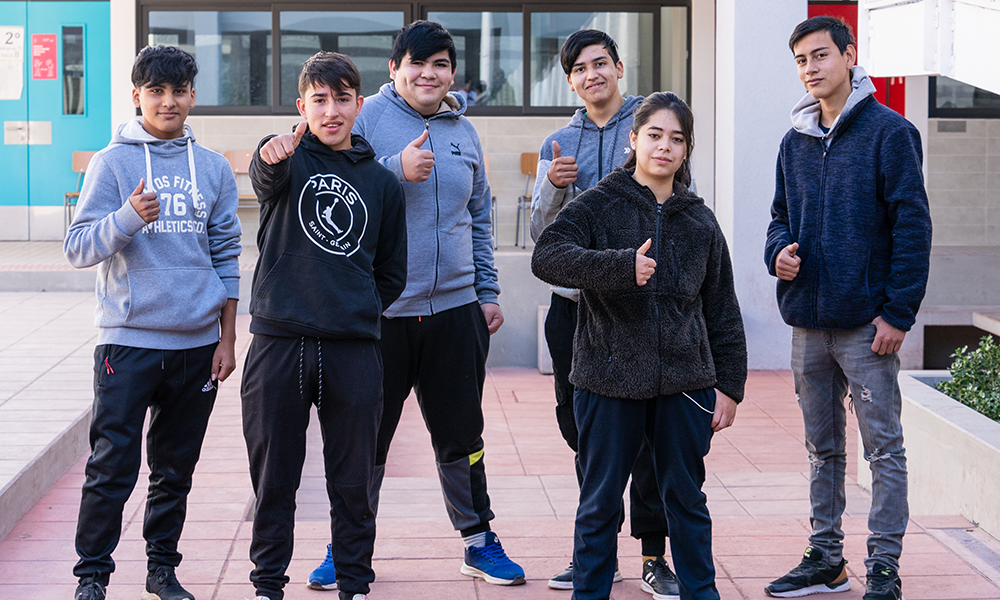Where to continue studying after finishing school, where to do it and how to finance my career? These are questions that thousands of high school students are asking themselves these days. However, the decisions vary greatly according to the projections that each student has about his or her future. In the case of technical-professional secondary education, only 44% have access to higher education the year after graduation.
In order to encourage students who belong to this educational system to continue their studies, the Luksic Foundation’s MueveTP program launched a new version of “Aspirations about the Future”, a project that provides useful, attractive and personalized information to young people about their preferred careers, key dates for the 2023 admission process and financing options that exist when entering a university, technical training center or vocational institute.
With this objective in mind, a process was carried out during April to recruit educational establishments, reaching a total of 357 technical and polyvalent high schools, on a voluntary basis in the 16 regions of the country.
Survey and benefits
In order to find out the students’ areas of preference and also the motivations and barriers they face when they want to continue studying, the high schools applied an online survey, which is a fundamental part of the Aspirations for the Future project. This not only identifies the students’ projections, but also generates a report with specific recommendations so that each school can improve its internal processes in relation to access to higher education.
Regarding the application of the survey, the data indicate that more than 22,500 students completed the questionnaire, so that starting in August they will receive a personalized information set with a complete guide on the 2023 admission process.
Regarding the high levels of participation in the process, Pablo Guarda, coordinator of Educational Initiatives at MueveTP, pointed out that “this is the first time that the project has been applied throughout the country and the results are very good. We managed to reach more than 20 thousand students from 1,200 courses who responded to the complete survey and who will be able to access information with alternatives that many are unaware of, for example, the fact that they could eventually study with Gratuidad in any institution subscribed to this benefit”.

